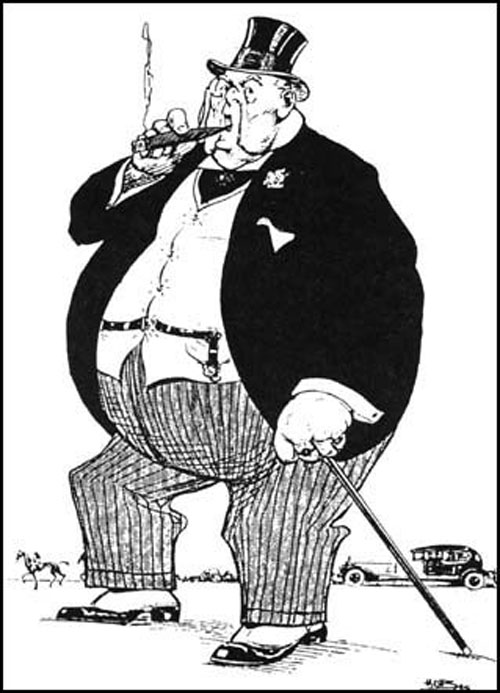The British General Strike 1926
Classic Pamphlet

The Rise of the Unions
‘The General Strike is a challenge to Parliament and is the road to anarchy and ruin.' (Stanley Baldwin, Prime Minister, 6th May 1926).
‘The General Council does not challenge the Constitution ... the sole aim of the Council is to secure for the miners a decent standard of life. The Council is engaged in an industrial dispute.' (T.U.C. statement, 7th May 1926).
On Saturday, 1st May 1926, miners throughout Britain found themselves locked out of the pits until they would agree to substantial wage reductions. The coal-owners had first threatened to take this action nine months earlier but it had been averted by the granting of a Government subsidy and the setting up of a Royal Commission to study the difficulties facing the coal mining industry.
The subsidy was timed to expire on 30th April 1926. Early in March the Commission, under the chairmanship of Sir Herbert Samuel, produced its proposals for the reorganization of the industry, but, even if carried through, they would take time to yield benefits. In the short term, the Commission's Report supported the owners' case for some reduction in wages but opposed their demands for longer hours or the replacement of a national wages agreement by district agreements; it also advised against the continuation of the Government subsidy. Baldwin announced that the Government would play its part in putting the Commission's recommendations into effect provided that the two sides in the industry would come to terms on the lines of the Report.
This proviso proved to be the stumbling block: negotiations between the Mining Association, representing the owners, and the trade union Miners Federation ended in deadlock because reorganization was not acceptable to the owners, nor wage cuts to the miners. No better result was achieved at a meeting of the two sides convened by the Prime Minister on 22nd April, nor in a whole series of flurried, last-minute negotiations bringing in representatives of the Government and the General Council of the Trades Union Congress. The final breakdown came at about an hour before midnight on 30th April. By this time many of the lock-out notices had already been put into effect...
This resource is FREE for Secondary HA Members.
Non HA Members can get instant access for £3.49

